World Heritage Sites in Australia
There are 20 World Heritage Sites in Australia. Four of them are cultural, 12 are natural and four are mixed. Furthermore, you can see the locations of each on the map below. Now let’s have a little more information about these places.
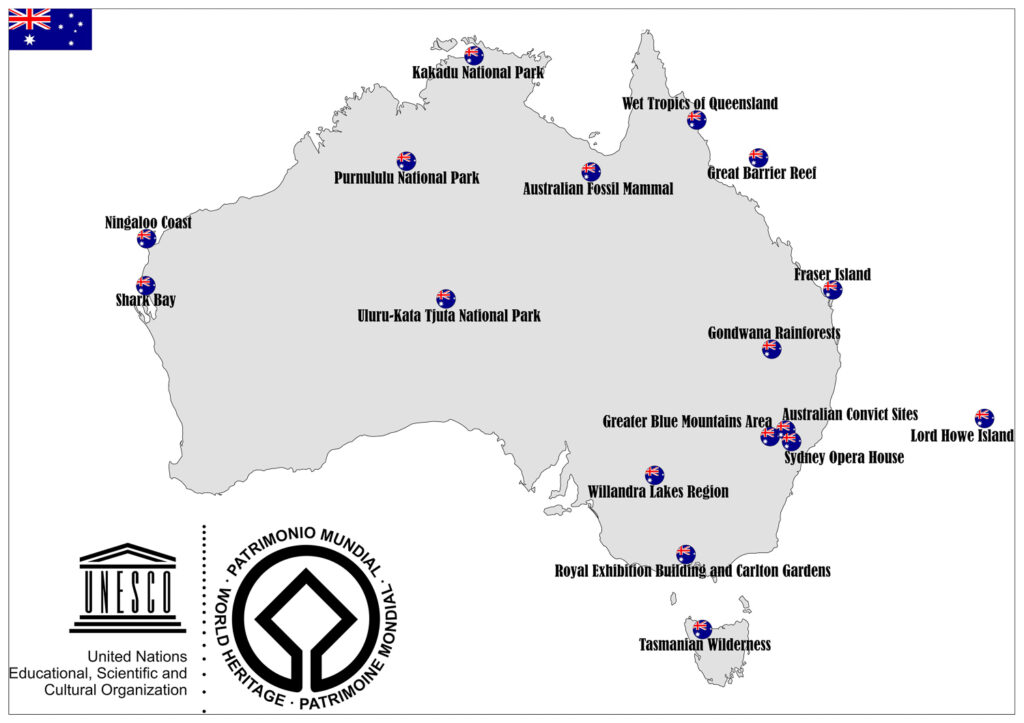
1. Australian Convict Sites
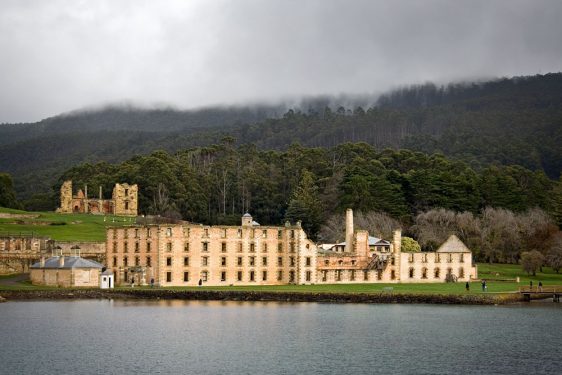
The Australian Prison Sites are a World Heritage site in Sydney, Tasmania, Norfolk Island and Fremantle along the Australian coastline during the 18th and 19th centuries, consisting of 11 prison residences built during the British Empire.
2. Australian Fossil Mammal Sites
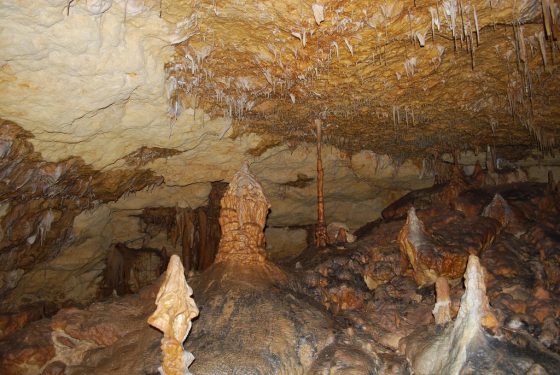
Riversleigh, north-west of Queensland, is Australia’s most famous fossil site. Furthermore, the area of 100 km2 contains ancient mammals, birds and fossil remains of reptiles that lived during the Oligocene and Miocene ages.
3.Fraser Island
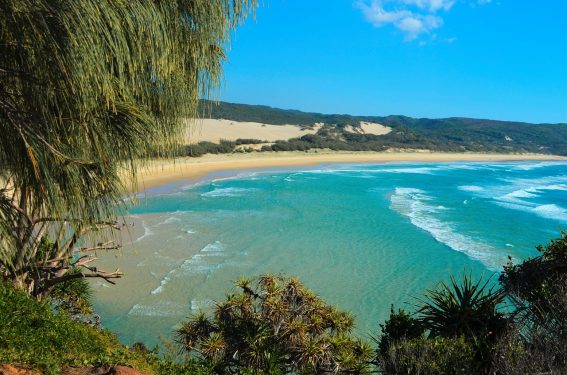
The sand measurement in this island is 1,840 km2 and it is the largest sand island in the world. It is also the largest island in Queensland and the 8th largest island in Australia.
4. Gondwana Rainforests of Australia
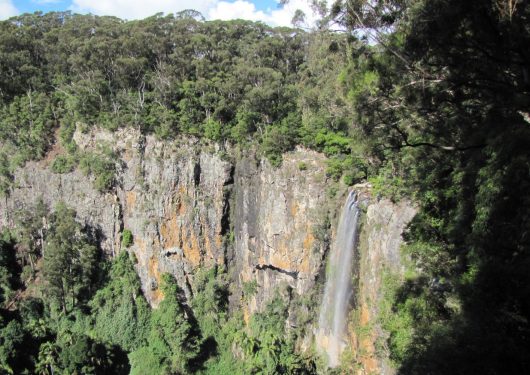
Formerly known as the Middle East Rainforest Protected Areas, Australia’s Gondwana Rainforest is the wealthiest subtropical rainforest in the world. In addition, the World Heritage site rainforest includes fifty protected areas from Newcastle to Brisbane, and the total area of protected areas is 366,500 hectares.
5. Great Barrier Reef
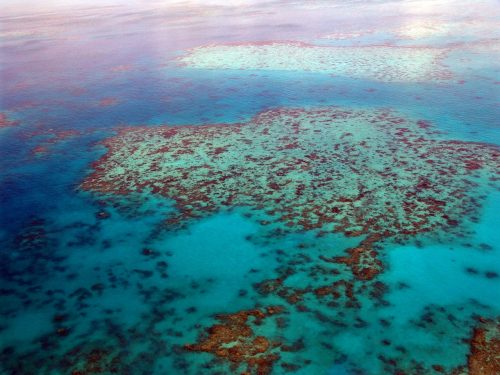
The Great Set Reef is the world’s largest reef system with 2,400 km² spread over 2,600 km, consisting of 2,900 reefs and 900 islands. Furthermore, the reef is located in the Coral Sea in the coastal waters of Queensland, north-eastern Australia.
6. Greater Blue Mountains Area
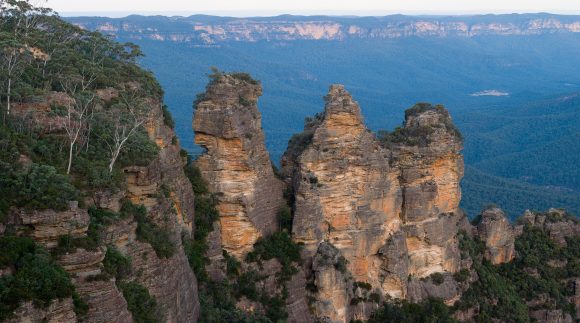
The Great Blue Mountains Region is a World Heritage site on the Blue Mountains in Australia’s New South Wales province. In addition, the region includes lush boulevards, cliffs, deep and inaccessible valleys, rivers and lakes.
7. Heard and McDonald Islands
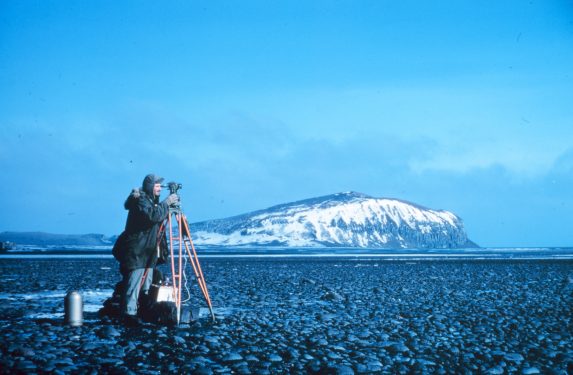
Heard Island and McDonald Islands are a group of Subangarctic islands in the Southern Ocean, Australia.
8. Kakadu National Park
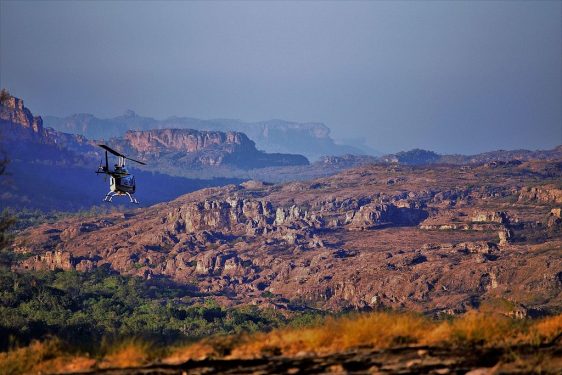
Kakadu National Park is located 171 km south-west of Darwin on the Northern Territory of Australia. Furthermore, it is very rich in uranium. The reserves here are 10% of world reserves.
9. Lord Howe Island Group
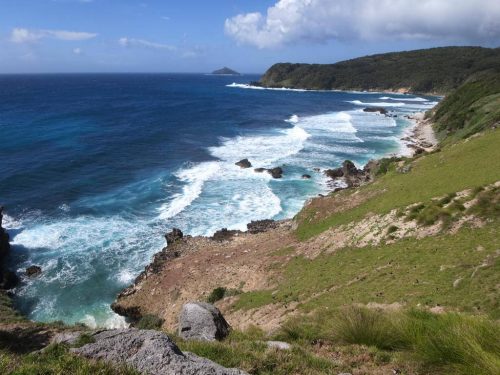
Lord Howe Island is an irregular crescent-shaped volcanic remnant located in the Tasman Sea between Australia and New Zealand.
10. Macquarie Island

In 1978 it was a Tasmanian protected area and in 1997 it was taken on UNESCO’s World Heritage list. In addition during the annual laying period, the global royal penguin population is found on this island.
11. Ningaloo Coast
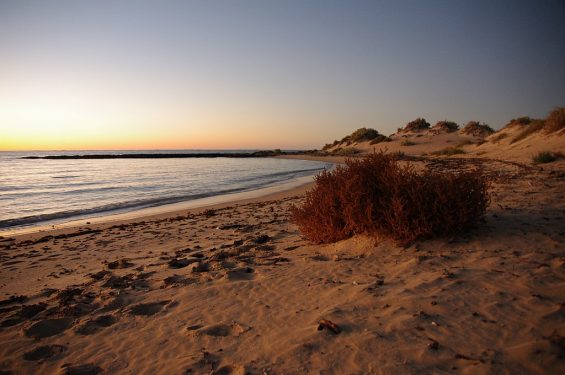
Located in Ningaloo Beach, Ningaloo Reef is Australia’s largest fringed coral reef, measuring 260 kilometers long, furthermore is the closest coral reef to this size.
12. Purnululu National Park
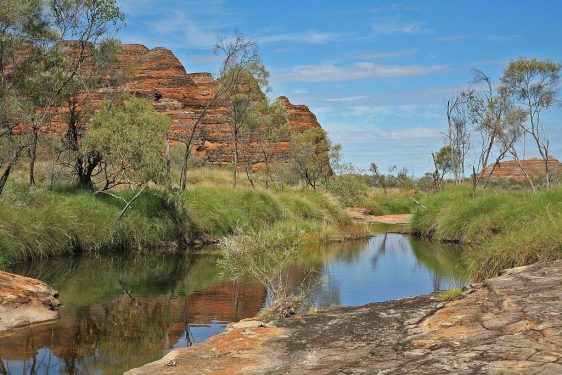
Purnululu National Park is a World Heritage site in the eastern Kimberley region of Western Australia.
13. Royal Exhibition Building and Carlton Gardens
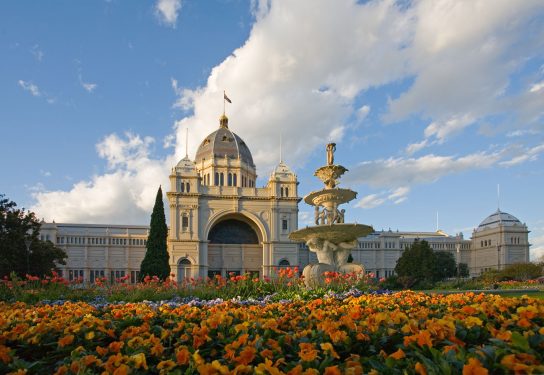
The rectangular area is surrounded by Victoria Street, Rathdowne Street, Carlton Street and Nicholson Street. Furthermore, according to the list of World Heritage, the Royal Exhibition Buildings and Carlton Gardens have”historic, architectural, aesthetic, social and scientific” importance for the province of Victoria.
14. Shark Bay
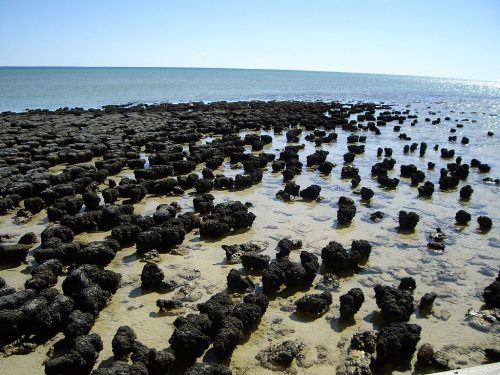
Shark Cove’s Australian Aboriginal occupation records date back to 22,000 years ago. Also at that time, most of the area was dry soils, rising sea levels flooded the Shark Cove 8,000 to 6,000 years ago. Particularly on the Peron Peninsula and on the island of Dirk Hartog, the evidence gathered from the water and nearby lands revealed the presence of the aboriginals in the region.
15. Sydney Opera House

The Sydney Opera House is a symbol of Sydney and one of the most famous structures of the 20th century. Also, Danish famous architect, Jørn Utzon won the 2003 Pritzker Architecture Prize for his work. Furthermore, it is in the World Heritage List of UNESCO since 2007.
16. Tasmanian Wilderness
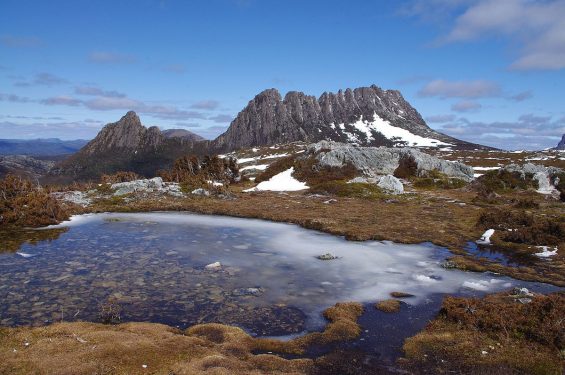
The Tasmanian Wilderness World Heritage Site is a World Heritage Site in Tasmania in Australia. In addition, it is one of the last examples of temperate wild nature in the world.
17. Uluru-Kata Tjuta National Park
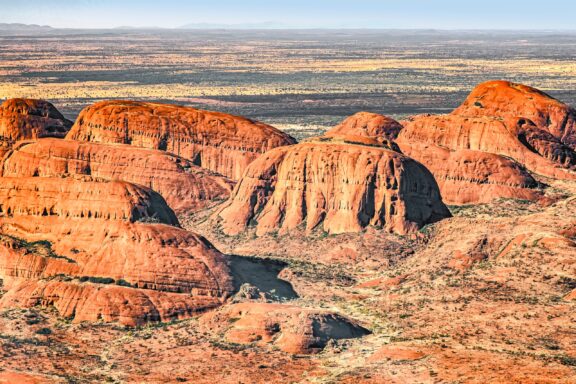
Uluru-Kata Tjuta National Park A world-famous sandstone monolith, bearing a variety of inscriptions made by the ancestors of indigenous peoples, at an altitude of 348 meters, is located in Australia’s Northern Territory.
18. Wet Tropics of Queensland
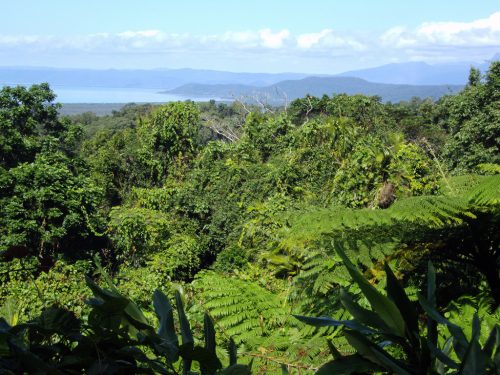
Since 1988 it is in The World Heritage list.. The Tropical Region is in Australian National Heritage List since May 2007. Furthermore, tropical forests have the highest density of primitive flowering plant families in the world.
19. Willandra Lakes Region
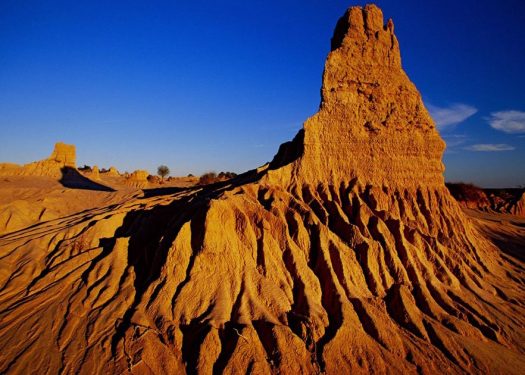
The Willandra Lakes Region is the traditional meeting place of Muthi Muthi, Nyiampaar and Barkinji Aborijin tribes. Furthermore, the region has significant natural and cultural features, including extraordinary examples of past human civilization, including the world’s oldest cremation area.
20. Budj Bim Cultural Landscape
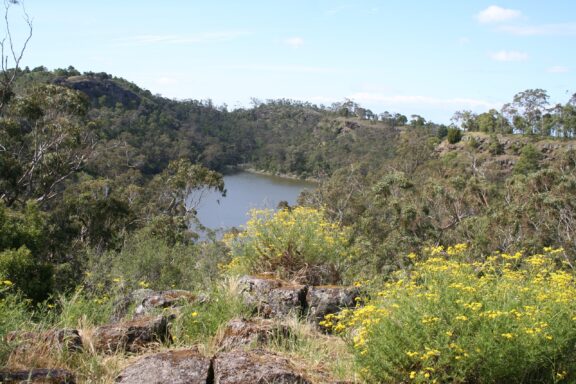
The Budj Bim Cultural Landscape is the most recent addition to the list of World Heritage Sites in Australia, added in 2019. Also known as Mount Eccles, this indigenous site is located in the traditional Country of the Gunditjmara people in the present-day Australian state of Victoria. It contains one of the world’s most extensive and oldest aquaculture systems.
Image Sources and Copyright Information
- Aerial View of Uluru-Kata Tjuta National Park: © wiesdie/Shutterstock
- Scenic View of a Tranquil Lake Surrounded by Lush Greenery and Rugged Terrain: © Robirensi/Shutterstock